Thomas Ostermeier and the cast of the new production of THE SEAGULL at Barbican are featured on the March 2025 issue of British Vogue, on newsstands 25 February. The play previews begin 26 February.
It’s one degree Celsius in London’s Blackfriars, a biting wind coming off the Thames, and Cate Blanchett has got the jitters. She’s just finished posing for Vogue on a frosty Georgian street, and somewhere between accepting a hot-water bottle and throwing a heavy coat over the spring/summer ’25 Carven separates she’s wearing, it strikes her: when she steps out in front of a 1,154-strong audience on the opening night of director and cowriter Thomas Ostermeier’s revival of The Seagull, it will mark her first time on stage in more than half a decade.
“How did that happen?” she asks me, seeming genuinely baffled as she folds herself into a leather armchair at the bottom of a high-rise SE1 hotel a short while later. In person, her intonation is distinctly Australian – even if her vowels have been rounded by more than 30 years of performing the Western canon’s great female roles on stage: Ophelia and Hedda, Miranda and Electra… We’re perched together just off a 6,000-square-foot ballroom, where dozens of yards of Colorama scrolls, a small department store’s worth of new season looks and three taxidermied seagulls have been assembled for today’s shoot. It’s a sizeable production, even by Vogue’s standards, but then there are 10 actors to photograph in roughly as many hours, each of whom is a vital ingredient in what Blanchett calls the “human soup” of the Barbican’s forthcoming Chekhov adaptation. “You can discuss a play dramaturgically and academically,” she explains, “but it really only becomes activated when everyone’s in the room” – which is why rehearsals leave her “dripping with fear and embarrassment”.
You? I ask, audibly sceptical. At 55, Blanchett has earnt four Baftas, two Oscars and the admiration of auteurs from Steven Spielberg to Terrence Malick, Wes Anderson to Martin Scorsese. It’s hard to believe the prospect of commanding the Barbican stage – where she delivered a virtuosic 20-minute monologue in 2012’s Groß und Klein – would fill her with anxiety, but “yes”, she insists, wrapping her cold hands around a mug of hot water and lemon, “because you don’t know if anything’s going to happen when everybody’s together – because if it doesn’t come alive, it’s nothing. It’s worse than nothing. It’s cringe.”
Given the cast in question, there’s a greater chance of those stuffed gulls flying around the ballroom than Ostermeier’s production being “cringe” when it opens in the capital this month. The first of Anton Chekhov’s four major plays – which, in the years either side of 1900, irrevocably shifted the course of modern theatre – The Seagull’s plot hinges on the artistic clashes and romantic entanglements on government retiree Sorin’s (Jason Watkins) elm-shaded, lakefront dacha over two summers at the close of the 19th century. Blanchett plays Sorin’s sister, Arkadina, an ageing, vain and volatile actor, who, when the curtain rises, has just arrived from Moscow with her lover, the celebrated writer Trigorin (Tom Burke). By the water’s edge, her insecure 25-year-old son, Konstantin (Kodi Smit-McPhee) is mounting a post-apocalyptic play in which his enduring love, ingenuous country girl Nina (Emma Corrin), can act. Nina, however, is less interested in Konstantin romantically than she is enamoured with Trigorin. Then there are those who, without much in the way of recognition, keep Sorin’s home, its temperamental resident artists and its surrounding acres in reasonable order: estate manager Shamrayev (Paul Higgins); his long-suffering daughter, Masha (Tanya Reynolds), and longer-suffering wife, Polina (Priyanga Burford); country doctor Dorn (Paul Bazely); and local schoolmaster Medvedenko (Zachary Hart), who’s as infatuated with Masha as Masha is with Konstantin.
This is less a story of a love triangle, then, than a love polygon – but what unites The Seagull’s principal characters, beyond suffering with unrequited feelings, is a certain myopia (or, to borrow a phrase from Konstantin, the “egoism” of “ordinary mortal[s]”). “Our world’s going bankrupt,” Ostermeier – the so-called “neo-realist” director of Berlin’s Schaubühne theatre – says with comical German directness when dropping by the Vogue set, a Rip Curl cap shading his eyes. “Everything’s being destroyed by our greed and overconsumption, and we’re all still preoccupied with our careers, our relationships. Who’s marrying who? Who’s divorcing who? On and on and on. It’s depressing, but – but! – the absurdity of that egocentricity, the jealousy and the vanity…” He half grimaces, half grins. “It’s also kind of hilarious, no?”
In a sense, Ostermeier’s The Seagull has been in the works since he met Blanchett 15 years ago, when she invited the director to stage his Hamlet in Sydney – a production set not in Elsinore Castle but a pile of dirt, with the Danish prince shovelling fistfuls of earth into his mouth between truncated soliloquies. It’s since travelled to some 32 cities and cemented Ostermeier’s renown as the “enfant terrible” of theatrical gesamtkunstwerks. Also brilliantly provocative: his 2024 staging of Henrik Ibsen’s An Enemy of the People (1882), starring Matt Smith and soundtracked by The Clash, Oasis and David Bowie, from which several members of The Seagull cast have been poached – namely Hart, whose role involved lobbing paint on Smith (admittedly “less fun” after Smith perforated his eardrum), and Burford (“Polina’s sexually frustrated and has no prospects, so Thomas immediately thought of me,” she deadpans.)
By Ostermeier’s standards, The Seagull will be a relatively classic take on Chekhov. People, Places and Things’s Duncan Macmillan, who worked with Ostermeier on An Enemy of the People, has helped to adapt the English-language script, updating the references and foregrounding environmental collapse. This was somewhat less than welcome news to Smit-McPhee, who had read a classic translation of the play “again and again and again” while standing beside his Melbourne pool this Christmas – only to get the script and find “literally nothing was the same. Nothing! Not one word!”
Yet, “It’s really gently modernised,” Ostermeier notes – “We’re not talking about Google or whatever” – though a speech by Nina in Konstantin’s play has, in the days before the Vogue shoot, been tweaked following the cataclysmic wildfires in LA. As for the design: the Barbican stage will be virtually empty, with just a huge cyclorama “and some reeds” for dressing. “There’ll be no place to hide,” Thomas tells me. “Every production is like a journey: you never know if the water is going to last, if the car is going to break down in the middle of the desert.” Still, he says, he has every faith in his cast. “Only I can fuck it up,” he concludes, then breaks into a full-throated laugh.
Ostermeier, though, has no interest in delivering yet “another melancholy, sentimental Chekhov” – the original script, as Blanchett points out, is subtitled A Comedy, after all. The Russian dramatist’s works have been a constant presence in her life: she first performed in The Cherry Orchard at drama school, and it was during a 1997 staging of The Seagull at Sydney’s Belvoir St Theatre that she met her playwright husband, Andrew Upton, who came to see Cate as Nina more than a dozen times. They were engaged before the run had even finished. (Besides myriad other qualities, The Seagull is also deeply romantic; Chekhov once summarised it as “four acts, a landscape… and five tons of love”.)
In Blanchett’s mind, she’s a theatre actor before anything else – and no one constructs a scene quite like Chekhov. “I never, ever thought or expected to make films,” she says, thoughtfully. “When I came out of drama school, I understudied someone in a production of [Caryl Churchill’s] Top Girls [for the Sydney Theatre Company]. That was my first job. Then I ended up coming back and running the company with my husband… [At the time,] the film industry was a potent but very small industry for women who looked a certain way. I wasn’t that girl and so I just went, ‘Oh, I’m a theatre actor, I guess.’” (If that sounds like Arkadina-esque delusion, it’s actually true: when she first branched into cinema via Australian New Wave films, directors called her eyes too small, her nose too big, for anything but the stage.) Then there’s the fact that Chekhovian women “change like the weather”, with Arkadina a particularly “capricious and maddening” figure, which makes her thrilling to play.
Interestingly, Thomas first proposed a one-woman take on The Seagull to Blanchett, but she refused, preferring to work with a cast she helped assemble. “The older generation has a stranglehold when it comes to cultural authority and legitimacy,” she tells me while reflecting on the play’s themes, “and younger people being starved of creative oxygen and opportunity is part of the reason we’re in the mess we’re in.” At 28, Smit-McPhee is the youngest of the play’s leads – although he’s been famous since the age of 13 thanks to his turn in the blockbuster adaptation of Cormac McCarthy’s The Road. The Seagull will mark his stage debut and he’s intrigued to see how he feels using his Australian accent for a part – everyone will speak in their natural voice throughout. (Hart, in particular, is delighted. “I’m from the Black Country,” he hoots, “and I get to say a line on the Barbican stage in my Black Country accent, in front of my Black Country parents, that goes something like: ‘You know what I’d like to see? Some straightforward play about a normal person.’”)
Momentous and hilarious, Blanchett emphasises, as she braces herself to step through the lobby’s glass-fronted doors and out into the cold. “There are days when you look at the world and feel hopeless,” she says, “but then there are days when you find the absurdity of it all hysterical. Chekhov recognised this emotional flip-flop and that’s why it’s such a relief to watch his plays in the theatre. Even if you’re sitting in the dark with strangers, confronting humanity’s ridiculousness… well, at least you’re laughing together.”
Full interview on British Vogue


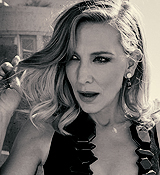 Welcome to Cate Blanchett Fan, your prime resource for all things Cate Blanchett. Here you'll find all the latest news, pictures and information. You may know the Academy Award Winner from movies such as Elizabeth, Blue Jasmine, Carol, The Aviator, Lord of The Rings, Thor: Ragnarok, among many others. We hope you enjoy your stay and have fun!
Welcome to Cate Blanchett Fan, your prime resource for all things Cate Blanchett. Here you'll find all the latest news, pictures and information. You may know the Academy Award Winner from movies such as Elizabeth, Blue Jasmine, Carol, The Aviator, Lord of The Rings, Thor: Ragnarok, among many others. We hope you enjoy your stay and have fun! 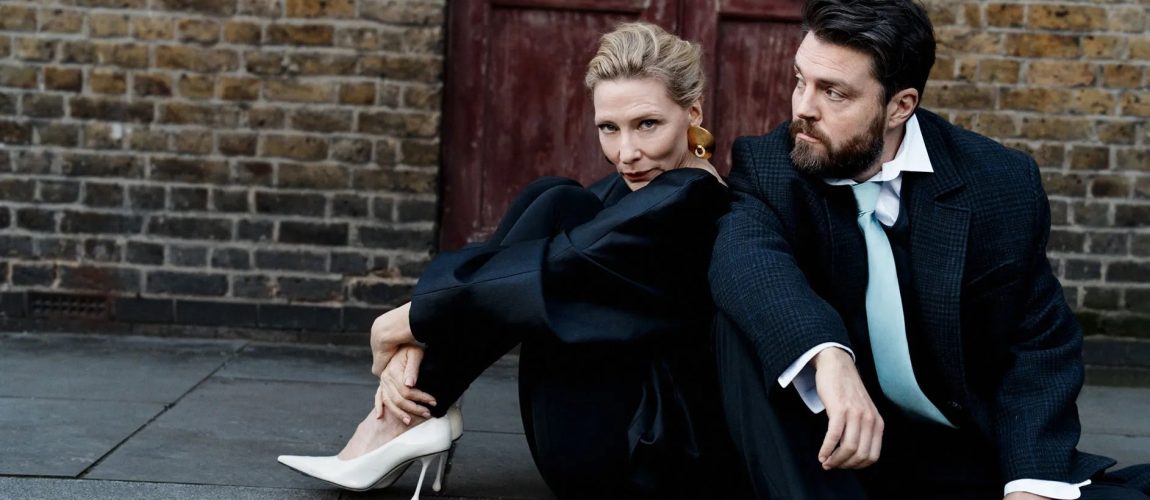
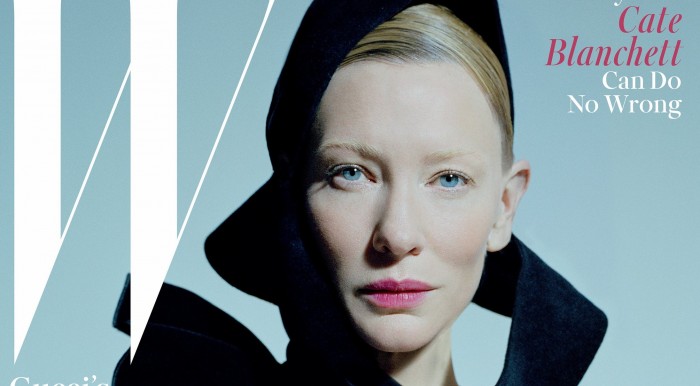
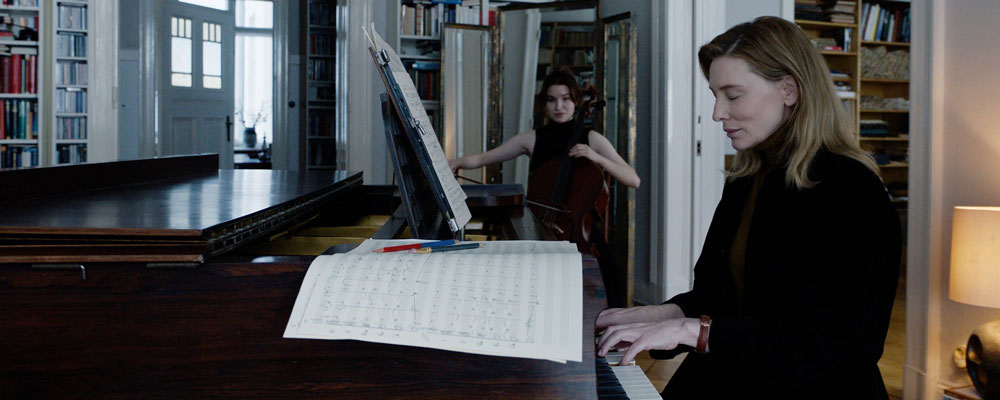
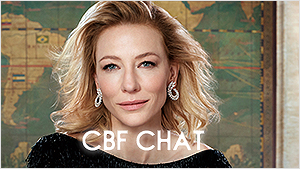
 A Manual for Cleaning Women (202?)
A Manual for Cleaning Women (202?) The Seagull (2025)
The Seagull (2025)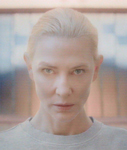 Bozo Over Roses (2025)
Bozo Over Roses (2025) Black Bag (2025)
Black Bag (2025) 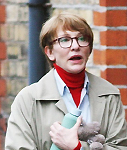 Father Mother Brother Sister (2025)
Father Mother Brother Sister (2025) 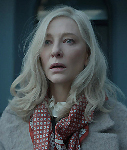 Disclaimer (2024)
Disclaimer (2024) 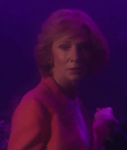 Rumours (2024)
Rumours (2024) 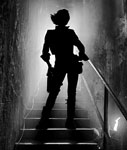 Borderlands (2024)
Borderlands (2024) 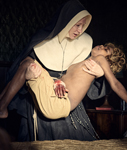 The New Boy (2023)
The New Boy (2023) 











